5 . Leather Mushroom Coral
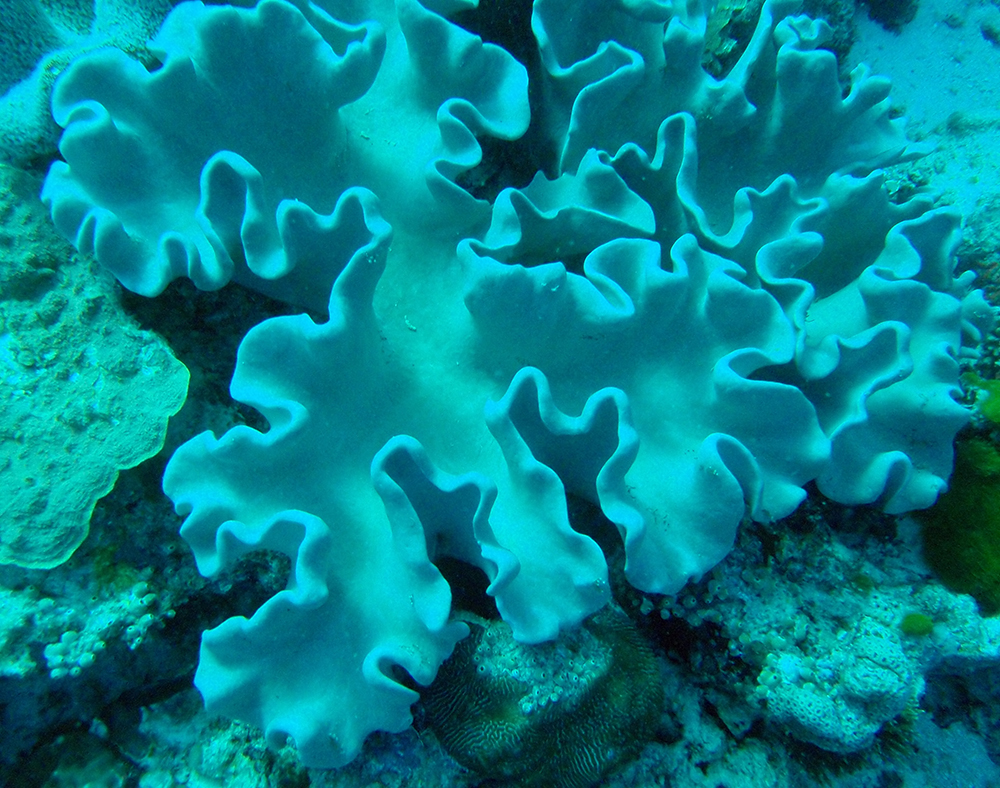
Leather Mushroom Coral
Leather mushroom coral (Scientific name: Sarcophtyton sp) belongs to the family Alcyoniidae. Other common names are Green Toadstool Coral, Umbrella Coral, Elephant Ear Leather Coral, and Toadstool Coral. Like other corals they span a wide range of colors including brown, cream and dark tan. These beautiful mushrooms having the look of a partially folded leather sheet put out flower stalk-like tentacles during nighttime and when feeding in water. They house colonies of marine animals which in exchange provide them with nutrients.
4. Finger Coral
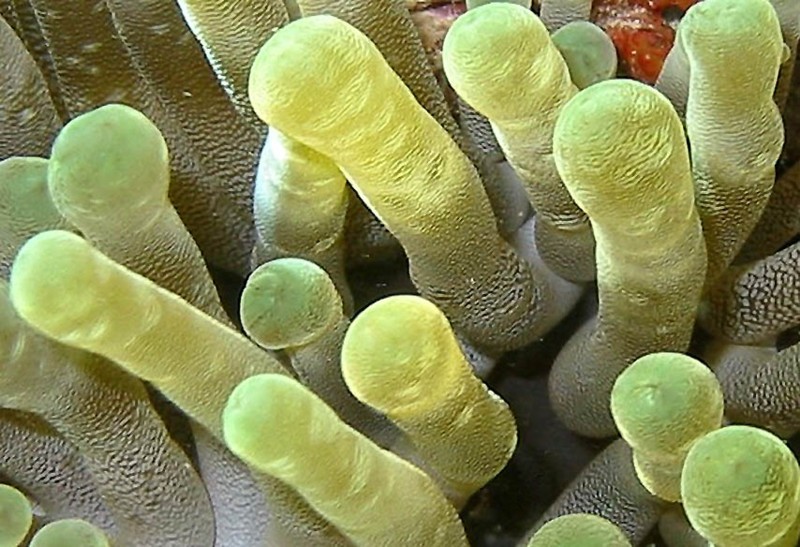
Finger Corals
Finger Corals (Scientific name: Porites Compressa) are beautiful corals resembling fingers also known as Commonly referred to as Thin Finger Leather Coral, Knobby Finger Leather Coral, Devil’s Hand/Finger Leather Coral, Dead Man’s Finger Coral, Bushy Soft Coral, Chili Pepper Coral, Cabbage Leather Coral, Trough Coral, Sinularia Finger Thick and Lobed Leather Coral. They are naturally found in a number of shades including brown, tan, yellow, green, pink and gray. They originally belong to Indian and Pacific Ocean. These unique corals have an average size of 1-2 inches. They take their nutrition from an algae with the name of zooxanthellae. This algae hosts within its body and depends on photosynthesis. They also take their nutrients from micro plankton. Their appearance mainly depends on the strength of the ocean currents.
3. Feather Duster Worms/Tube Dwelling Worms
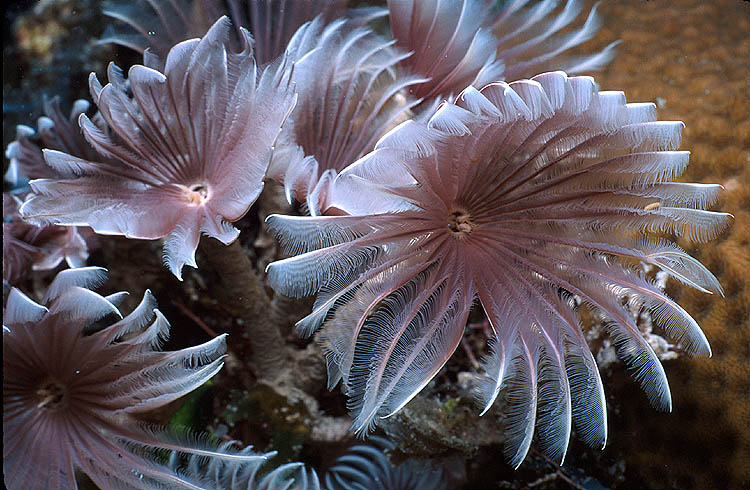
Feather Duster Worm
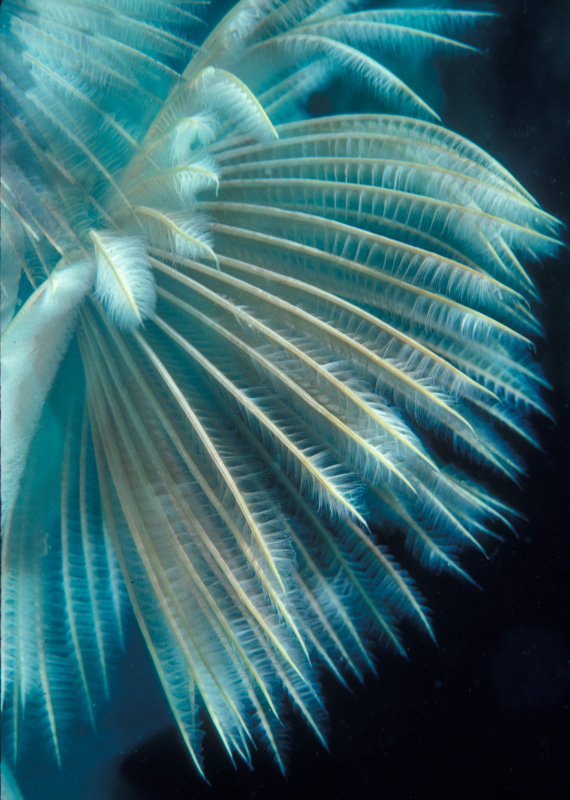
Source
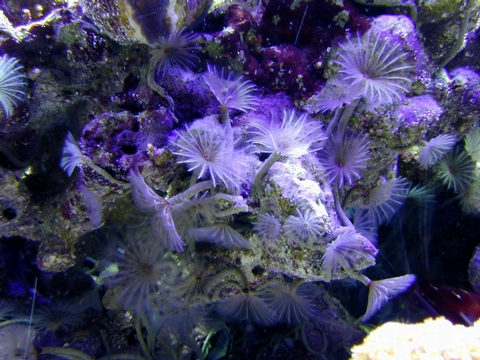
Source
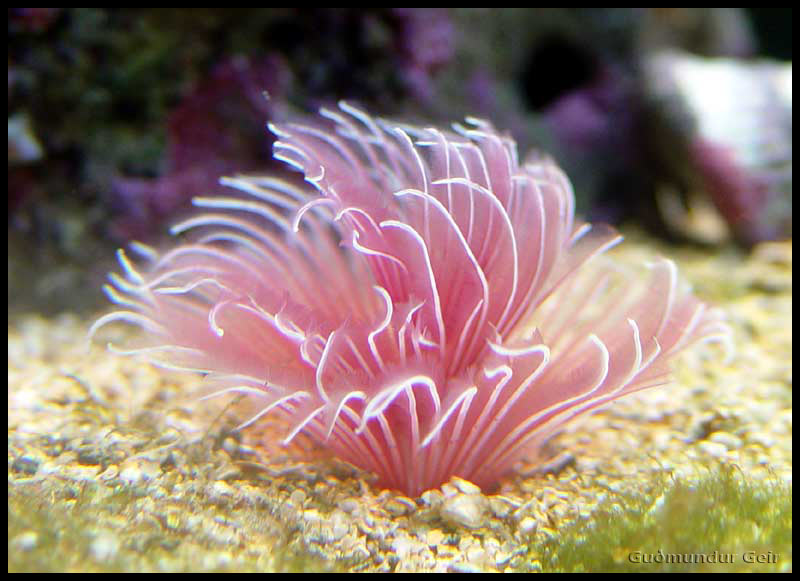
Source
Who can believe that these beautiful feathers with marvelous colors are worms known as Feather Duster Worms. Feather Duster Worm(Scientific name: Sabellestarte cf. sanctijosephi) is a social worm with the look of an old fashioned feather duster. Except for the head part, the rest of the worm lives in a tube made of mucous and sand or sediment. The worm’s head sticks out of the tube with two crowns of long feathery gills are the respiratory and feeding organs of the worms. These are tiny and quickly hide inside the tube on sensing danger. Beautiful red, orange or brown sponges surrounding the worms add to their beauty.
2. Ricordea Mushrooms
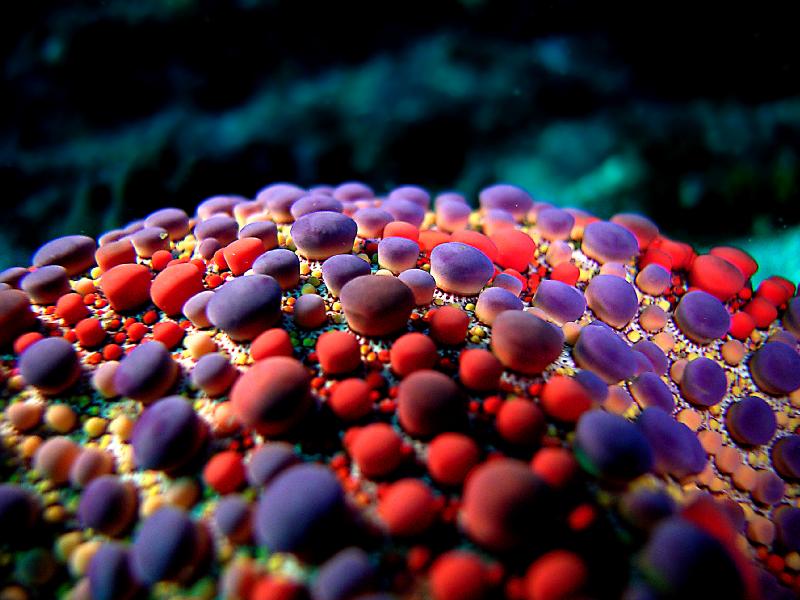
Ricordea Mushrooms
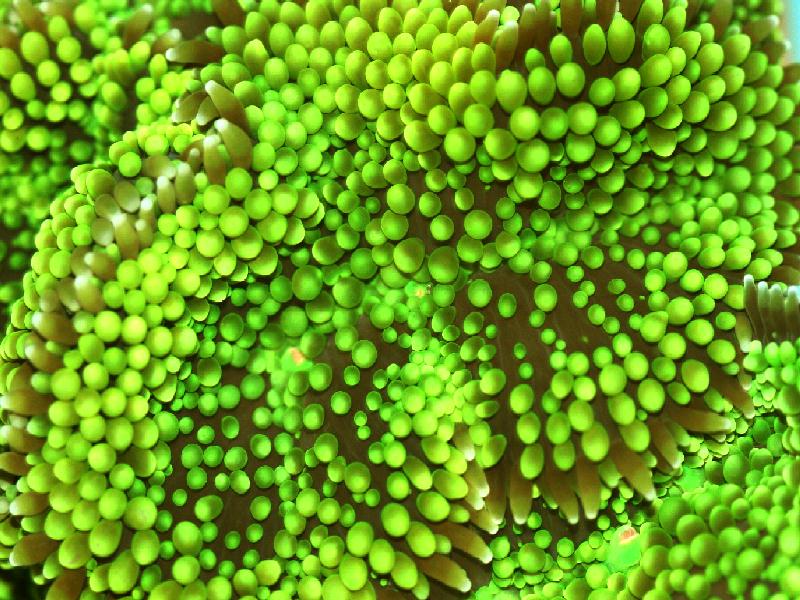
Source
These mushrooms spread in the sea like paint colors in a painter’s palate. They are available in many charming colors including red, orange, purple and green; red being the rarest and most expensive of all. Ricordeas of different colors require different treatment and care. Green Ricordea is a specie of anemone mushroom coral with raised dots that line its surface. It has vibrant green coloring.The Atlantic and Caribbean species of green ricordea are referred to as R. florida, while Pacific species of green ricordea are referred to as R. yuma. Green Ricodea is a hard mushroom with slow deterioration. The Orange Ricordea are found in relatively large number. Ricordea yuma is found in the Pacific and Indian Oceans, and Ricordea florida in the Caribbean Ocean. The Red Ricordea are the exotic and prized ones with more bulgy appearance and bright colors. They are sensitive and not hard like the other species. They require care while handling. Minor tear in red ricordea mushrooms results in bacterial infection.
1. Clove Polyps
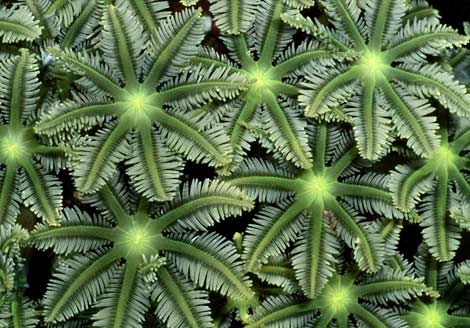
Clove Polyp

Source
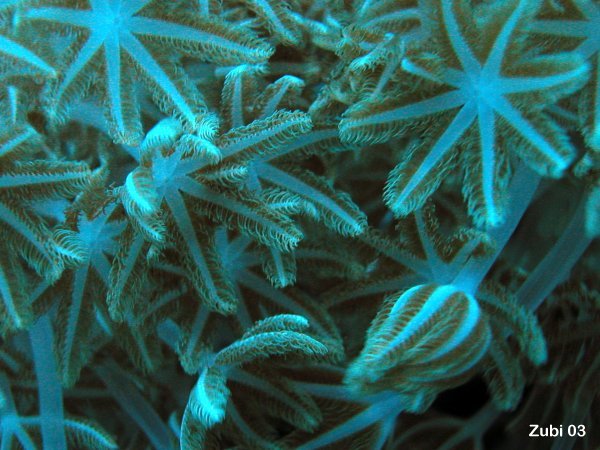
Source
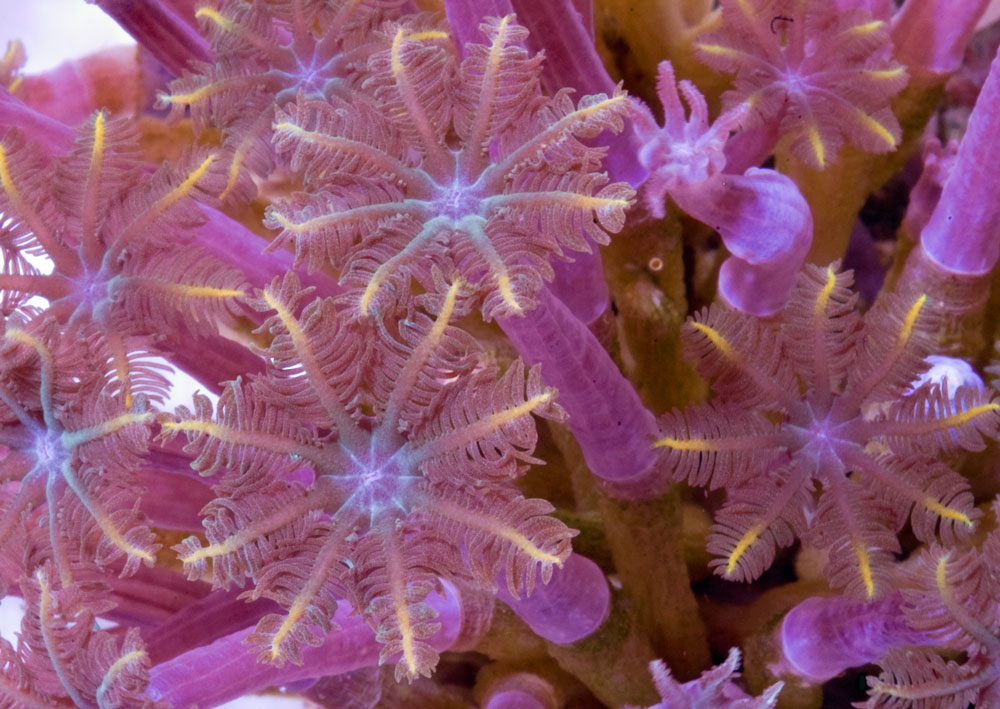
Source
Clove Polyps (Family name: Clavulariidae) also known as Glove Polyps or The Clavularia Polyp Corals are soft polyps with eight tentacles. These magnificent polyps are available in Indian-Pacific Ocean in brown, tan, pink, white and green colors. The small ones are clove polyps whereas the large ones are referred to as the glove polyps. Whatever the size may be they have 8 leaf like tentacles. They feed on iodine, mysis shrimp, micro-plankton and trace elements. They form mats or clumps and require medium light level. They develop and grow rapidly on reefs and stones.